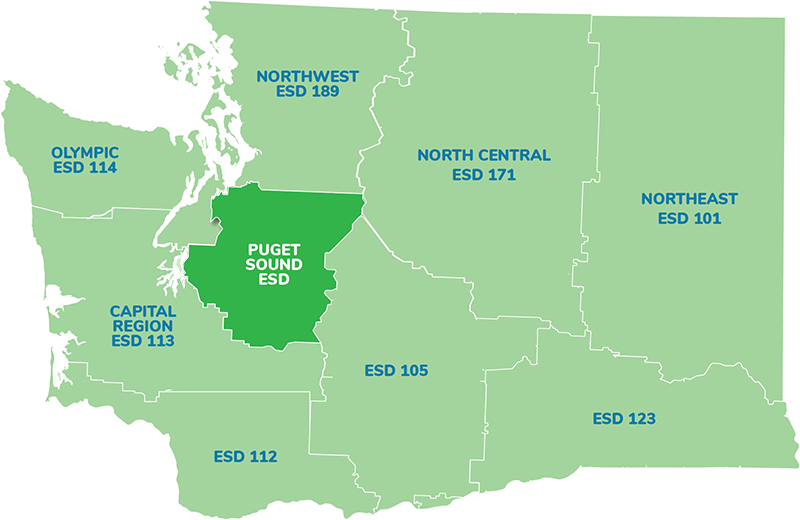Climate Science through Chemistry
Teaching OpenSciEd Unit 1 “Thermal Energy in Our World”

Overview
The rationale for this project is to support high school chemistry teachers for leading change, by:
- weaving climate science into core chemistry courses, per NGSS content standards;
- learning the ROUTINES to support each student to build proficiency with the 3 dimensions of science learning, per NGSS chemistry and Earth science content, the Science and Engineering Practices, and the Crosscutting Concepts.
What We Did
Chemistry teachers and district coaches participated together, from Bellevue, Kent, Renton, and Snoqualmie Valley school districts. The exemplar unit, OpenSciEd Unit 1: Thermal Energy in Our World, served as a model for the teachers to learn the routines for 3-dimensional science learning, to guide their chemistry students in 3 dimensional science learning.
Wearing a “student hat”, the first 4 workshop sessions had teachers learn the unit by experiencing the lessons as a learner. The unit’s anchor is a climate science phenomenon that is engaging, has a positive outlook, and guides students to figure out “How can we slow the flow of energy on Earth to protect vulnerable coastal communities?”
Shifting to “teacher hat”, the 5 PLCs were a collaborative format to support each teacher to try out the OpenSciEd routines, reviewing student work and then reflecting on effective instruction strategies. Throughout the second semester when teachers used the routines in their chemistry courses they gathered evidence of student learning. They discussed successes and challenges at the PLCs. In addition, PLCs included time for teachers to Q&A with a Bellevue teacher who had prior experience teaching this sample unit, and had Q&A sessions with a chemistry professor to discuss the learning progression of chemistry content, from high school to college to career.
The series’ final Implementation Survey collected each teacher’s evidence of learning; e.g. photos, quotes, student work samples, and student-voice surveys.
 What We Learned
What We Learned
Earth Science into Biology/Chemistry/Physics
This series addressed the big challenge for high school core science courses; how to effectively embed the Earth science content standards in biology, chemistry, and physics. The exemplar OpenSciEd unit gave teachers with a common, shared experience to weave Earth science content with chemistry content, through an engaging anchoring phenomena and problems to solve.
Teaching towards 3-D Science Learning
This series fills a need for high school science teachers to engage with the routines for 3-dimensional science learning before/during their district process of selecting new instructional materials for courses such as biology, chemistry, and physics.
Professional Learning into Classroom Practice
The key strategy for teachers becoming confident enough to try the new routines in their science classrooms, was the long string of PLCs to provide collegial support with little steps that became big changes over time.
 Collegiality
Collegiality
Collegiality was an important outcome, aided by the effort to recruit TEAMS of teachers. This series built a community of chemistry teachers on a few levels; i.e. in a high school science department, across all three high school ’s in a district, and across 4 districts in the region. Whereas biology teachers are frequently part of professional groups, a chemistry teacher community has been non-existent in this region. Gathering these teams is a challenge, and is the result of considerable advance time spent with district science/ STEM leaders.


Project Reach
Teachers & Coaches
Students
Project Partners



Feedback
Contact
Caroline Kiehle, Director, ISB Logan Center for Education
caroline.kiehle@isbscience.org
